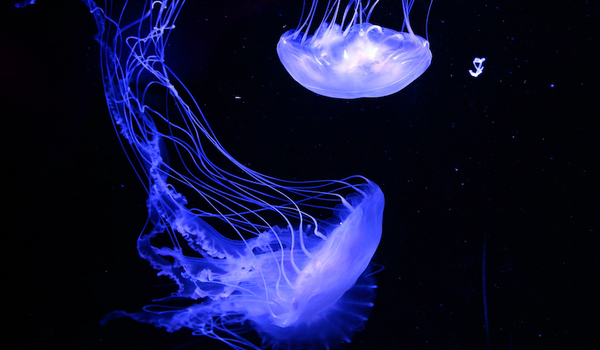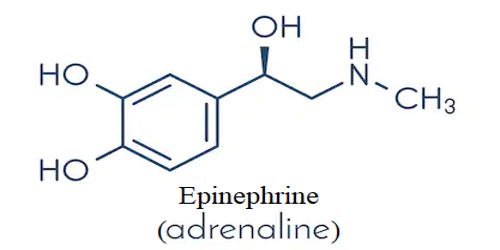The Twilight Zone, also known as the mesopelagic zone, is a deep region of the ocean that ranges in depth from 200 to 1,000 meters (660 to 3,300 feet). While it may not appear to be directly affected by climate change, it is at risk as a result of the effects of climate change on the ocean ecosystem as a whole.
According to new research, life in the ocean’s “twilight zone” could decline dramatically as a result of climate change. The twilight zone (200m to 1,000m deep) receives very little light but is home to a diverse range of organisms as well as billions of tonnes of organic matter.
According to the new study, climate change could result in a 20-40% reduction in twilight zone life by the end of the century. And in a high-emissions future, life in the twilight zone could be severely depleted within 150 years, with no recovery for thousands of years.
“We still know relatively little about the ocean twilight zone, but using evidence from the past, we can understand what may happen in the future,” said lead author Dr Katherine Crichton of the University of Exeter.
Using records from preserved microscopic shells in ocean sediments, the research team of palaeontologists and ocean modellers looked at how abundant life was in the twilight zone in past warm climates.
Our findings suggest that significant changes may already be underway. Even a low-emissions future may have a significant impact, but that would be far less severe than medium- and high-emissions scenarios. Our study is a first step to finding out how vulnerable this ocean habitat may be to climate warming.
Dr. Crichton
“We looked at two warm periods in Earth’s history, about 50 million years ago and 15 million years ago,” said Cardiff University’s Professor Paul Pearson, who led the research. “We discovered that the twilight zone was not always a rich, life-filled habitat.” Because there was less food available from surface waters during these warm periods, far fewer organisms lived in the twilight zone.”
Animals in the twilight zone primarily feed on organic matter particles that have sunk to the ocean’s surface. The study found that in warmer seas in the past, bacteria degraded organic matter much faster, resulting in less food reaching the twilight zone.
“The rich variety of twilight zone life evolved in the last few million years, when ocean waters cooled enough to act like a fridge, preserving food for longer and improving conditions for life to thrive,” Dr Crichton explained.
This prompted the researchers to wonder what would happen to life in the twilight zone in a warmer future world. They simulated what might be happening now in the twilight zone and what might happen in future decades, centuries, and millennia due to climate warming caused by greenhouse gas emissions by combining evidence from previous warm periods with Earth System Model simulations.

“Our findings suggest that significant changes may already be under way,” Dr Crichton continued. “Unless we rapidly reduce greenhouse gas emissions, this could lead to the disappearance or extinction of much twilight zone life within 150 years, with effects spanning millennia thereafter. Even a low-emissions future may have a significant impact, but that would be far less severe than medium- and high-emissions scenarios. Our study is a first step to finding out how vulnerable this ocean habitat may be to climate warming.”
The three emission scenarios in the study are based on total carbon dioxide emissions after 2010. The “low” value is 625 billion tonnes, the “medium” value is 2,500 billion tonnes, and the “high” value is 5,000 billion tonnes. To put this in context, the Global Carbon Budget (led by the University of Exeter) estimated total global CO2 emissions of 40.6 billion tonnes in 2022 alone. From 2010 to 22, annual emissions were close to 40 billion tonnes, implying that the majority of the carbon dioxide (about 500 billion tonnes) for the study’s “low” scenario has already been emitted. At this rate, the “medium” scenario would be reached in 50 years, and the “high” scenario in just over a century.
“The twilight zone plays an important role in the ocean’s carbon cycle,” said Dr Jamie Wilson of the University of Liverpool, “because most of the carbon dioxide taken up by phytoplankton ends up there as their remains sink down from the surface ocean.”
“One of the difficulties in predicting how carbon movement will change in the future is that there are many processes to disentangle in the modern ocean.” Looking back at the twilight zone during previous warm periods allows us to identify the most important processes and use them to forecast the future. We discovered that this natural carbon cycling is already changing and may be disrupted in the future.”
A UN program (JETZON) has been established to increase our understanding of the ocean twilight zone. “It is poorly understood from almost any perspective,” it says. It does, however, contain the world’s largest and least exploited fish stock and recycles 80% of the organic material that sinks out of productive surface waters.”
















